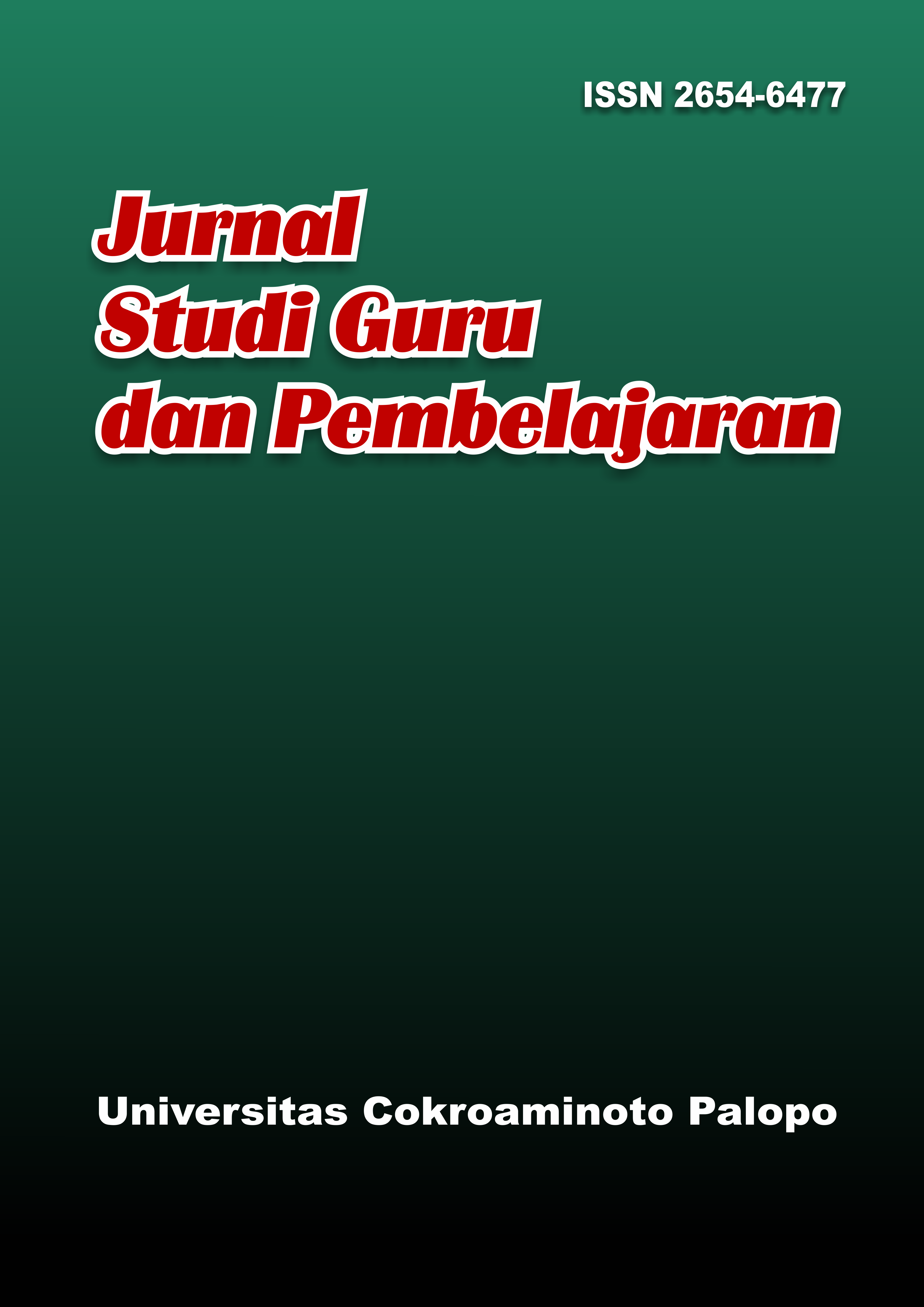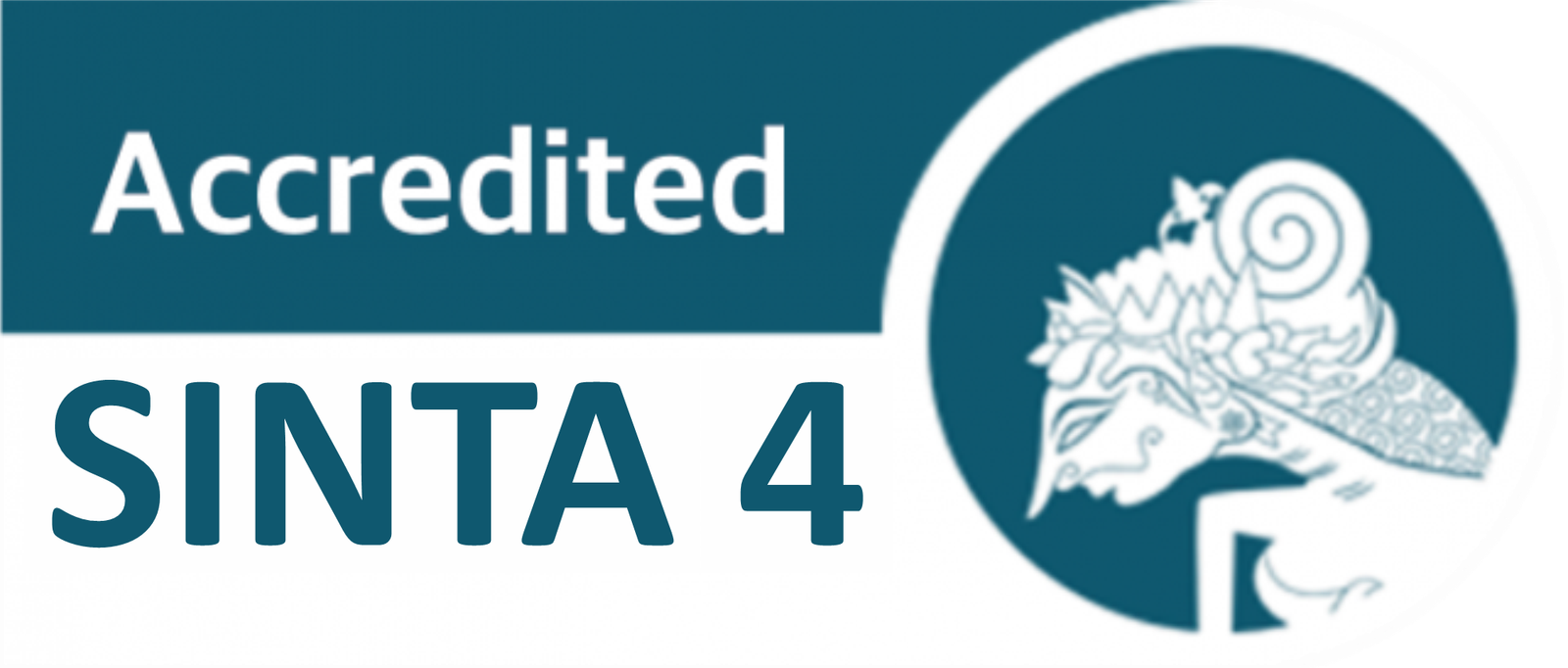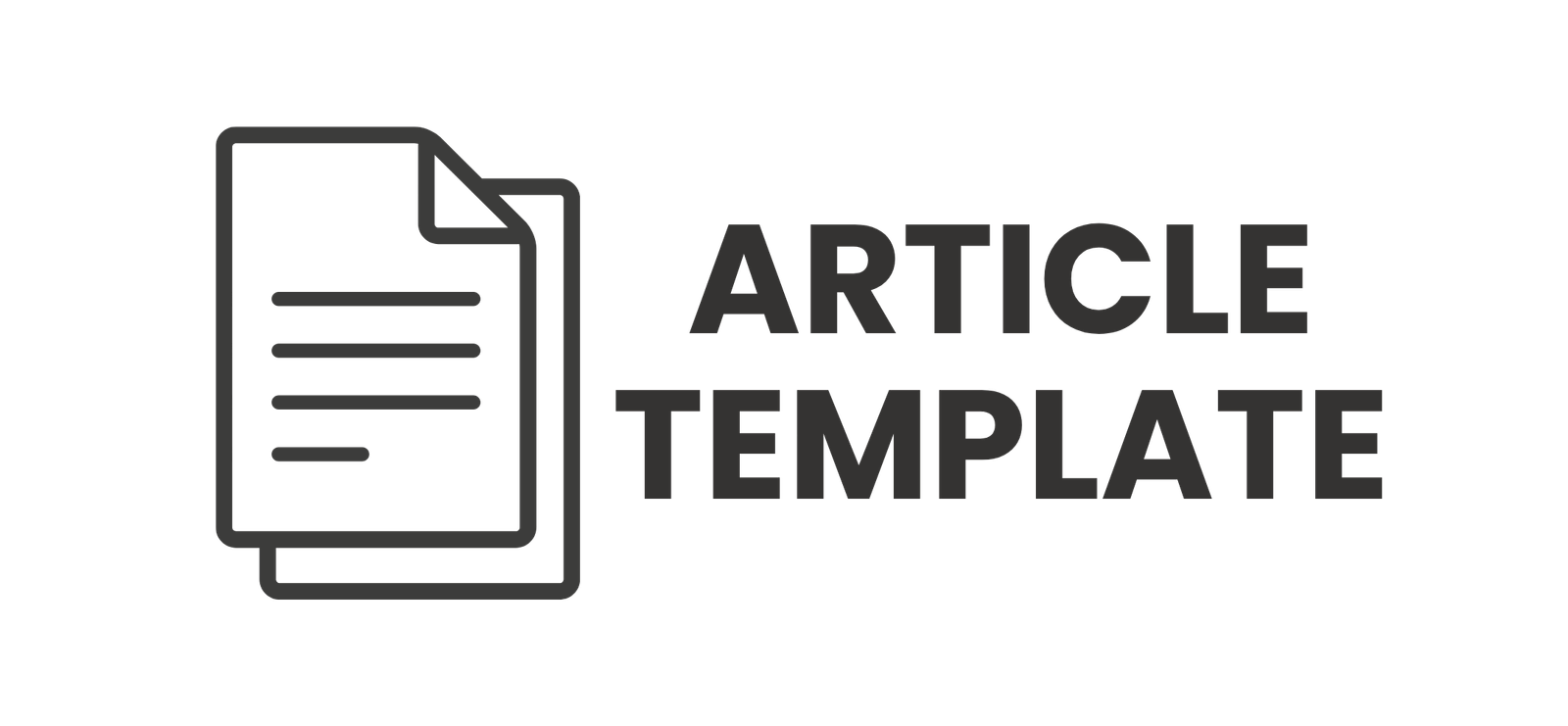Students’ Perceptions of the Literature Circles Method in English Learning at SMKN 1 Toraja Utara
DOI:
https://doi.org/10.30605/jsgp.6.1.2023.6298Keywords:
Literature Circles, student perception, English learning, vocational education, collaborative readingAbstract
This study investigates students’ perceptions of the integration of Literature Circles as a strategy in English language learning among eleventh-grade students in the TKJ (Computer and Network Engineering) program at SMKN 1 Toraja Utara, Indonesia. Literature Circles are a student-centered approach where learners engage in small group discussions based on selected literary texts. This method aims to promote reading comprehension, encourage communication, foster collaborative learning, and develop critical thinking in a supportive environment. A total of 54 students participated in the study by completing a structured questionnaire consisting of 28 statements 14 positive and 14 negative related to their experiences with Literature Circles. The questionnaire was administered using a Likert scale format to quantify levels of agreement, allowing for a detailed analysis of student perceptions. The results show a predominance of positive student responses. More than 80% of the participants “strongly agreed” that Literature Circles positively impacted learning and personality (88.88%), improved communication with teachers (88.14%), encouraged meaningful peer interaction (86.66%), and enhanced reading comprehension (86.29%). Students also acknowledged the method’s ability to build responsibility, motivation, and critical thinking. However, the study also uncovered key challenges, including perceptions of unclear teacher roles (78.14%), inconsistent evaluation practices (71.48%), and the marginalization of less confident or less proficient students (70.37%). Other concerns involved unstructured group discussions and difficulties in choosing appropriate texts, highlighting the importance of scaffolding and teacher facilitation. These findings suggest that while Literature Circles are generally effective in promoting engagement and language development, their implementation requires thoughtful planning, especially in vocational education settings where learner diversity and varying literacy levels are common. A balance between student autonomy and structured guidance is essential to optimize the learning outcomes of all participants.
Downloads
References
Albayati, H. (2023). Investigating undergraduate students' perceptions and awareness of using ChatGPT as a regular assistance tool: A user acceptance perspective study. Computers and Education: Artificial Intelligence, 6, 100203.
Almaiah, M. A., Alfaisal, R., Salloum, S. A., Hajjej, F., Thabit, S., El-Qirem, F. A., ... & Al-Maroof, R. S. (2022). Examining the impact of artificial intelligence and social and computer anxiety in e-learning settings: Students’ perceptions at the university level. Electronics, 11(22), 3662. https://doi.org/10.3390/electronics11223662
Bawanti, P. K. D., & Arifani, Y. (2021). The Students' Perceptions of Using Zoom Application on Mobile Phone in Improving Speaking Skills During Online Learning at Ban Loeiwangsai School, Loei Province, Thailand. Journal of English Teaching, Literature, and Applied Linguistics, 5(1), 54-61.
Bonsu, E., & Baffour-Koduah, D. (2023). From the consumers’ side: Determining students’ perception and intention to use ChatGPTin ghanaian higher education. Available at SSRN 4387107. https://doi.org/10.21203/rs.3.rs-2686760/v1
Itirna, I., & Widhiatama, D. A. (2023). Students' Perception on the Implementation of Literature Circle Activities in Extensive Reading Class. Jadila: Journal of Development and Innovation in Language and Literature Education, 3(3), 244-254. https://doi.org/10.52690/jadila.v3i3.466
Kataja, R. (2018). The use of literature in the EFL classroom: Students' perception.
Ma, L. (2023). Effects of literature circles activity on reading comprehension of L2 English learners: a meta-analysis. Humanities and Social Sciences Communications, 12(1), 1-12. DOI:10.1057/s41599-025-04695-1
Matos, J. F. (2016). Perception and cognition in education. Educational Studies in Mathematics, 93(1), 1–17. https://doi.org/10.1007/s10649-016-9704-4
Merta, L. W. S., Ratminingsih, N. M., & Budasi, I. G. (2023). The integration of technology in English language teaching to stimulate students’ critical thinking. Language Circle: Journal of Language and Literature, 17(2), 333-341. https://doi.org/10.15294/lc.v17i2.39097
Moorhouse, B. L., & Kohnke, L. (2021). Responses of the English-language-teaching community to the COVID-19 pandemic. RELC journal, 52(3), 359-378. https://doi/abs/10.1177/00336882211053052
Muhlisin, M., Wahyuni, I., & Munadi, S. (2022). Students' perception of digital-based English learning. Indonesian Journal of English Education, 9(1), 12–25. https://doi.org/10.15408/ijee.v9i1.23592
Noah, J. (2018). Cultivating responses from students through literature circle. International Journal of Research in English Education, 3(1), 1-10.
Noviska, D., Fitria, T. N., & Rahmatillah, R. (2021). Exploring students’ perception toward online literature circle in EFL classroom. Journal of English Language Teaching and Linguistics, 6(1), 131–145. https://doi.org/10.21462/jeltl.v6i1.553
Onuoha, C. P., Garner, M. P., & Fenn III, N. E. (2021). Student perceptions of co-curricular activities on pharmacy education: A review. Currents in Pharmacy Teaching and Learning, 13(5), 576-584. https://doi.org/10.1016/j.cptl.2021.01.017
Rahayu, E. L. R., & Suryanto, B. (2021). Literature Circles In Reading Class: Students’participation And Perception. Celtic: A Journal of Culture, English Language Teaching, Literature and Linguistics, 8(1), 65-77. https://doi.org/10.22219/celtic.v8i1.16138
Rahman, A. (2022). The effect of literature circle on varied reading comprehension. Journal of Teaching and Education for Scholars, 1(1), 7-14.
Shoufan, A. (2023). Exploring students’ perceptions of ChatGPT: Thematic analysis and follow-up survey. IEEE access, 11, 38805-38818.
Simbolin, N., & Carroll, M. (2015). Collaborative dialogue in literature circles: A sociocultural perspective. Asian EFL Journal, 17(4), 213–230.
Sugiyono. (2015). Metode penelitian pendidikan: Pendekatan kuantitatif, kualitatif, dan R&D. Alfabeta.
Yunita, D., & Maisarah, S. (2020). Students’ perception on the use of literature circle technique. Journal of English Language Teaching and Education, 2(1), 45–52. https://doi.org/10.31227/osf.io/v5bz9
Downloads
Published
How to Cite
Issue
Section
License
Copyright (c) 2023 Demma Palulun, Yizrel Nani Sallata, Linerda Tulaktondok

This work is licensed under a Creative Commons Attribution-ShareAlike 4.0 International License.
In submitting the manuscript to the journal, the authors certify that:
- They are authorized by their co-authors to enter into these arrangements.
- The work described has not been formally published before, except in the form of an abstract or as part of a published lecture, review, thesis, or overlay journal.
- That it is not under consideration for publication elsewhere,
- That its publication has been approved by all the author(s) and by the responsible authorities – tacitly or explicitly – of the institutes where the work has been carried out.
- They secure the right to reproduce any material that has already been published or copyrighted elsewhere.
- They agree to the following license and copyright agreement.
License and Copyright Agreement
Authors who publish with JSGP agree to the following terms:
- Authors retain copyright and grant the journal right of first publication with the work simultaneously licensed under Creative Commons Attribution License (CC BY-SA 4.0) that allows others to share the work with an acknowledgement of the work's authorship and initial publication in this journal.
- Authors are able to enter into separate, additional contractual arrangements for the non-exclusive distribution of the journal's published version of the work (e.g., post it to an institutional repository or publish it in a book), with an acknowledgement of its initial publication in this journal.
- Authors are permitted and encouraged to post their work online (e.g., in institutional repositories or on their website) prior to and during the submission process, as it can lead to productive exchanges, as well as earlier and greater citation of published work.














